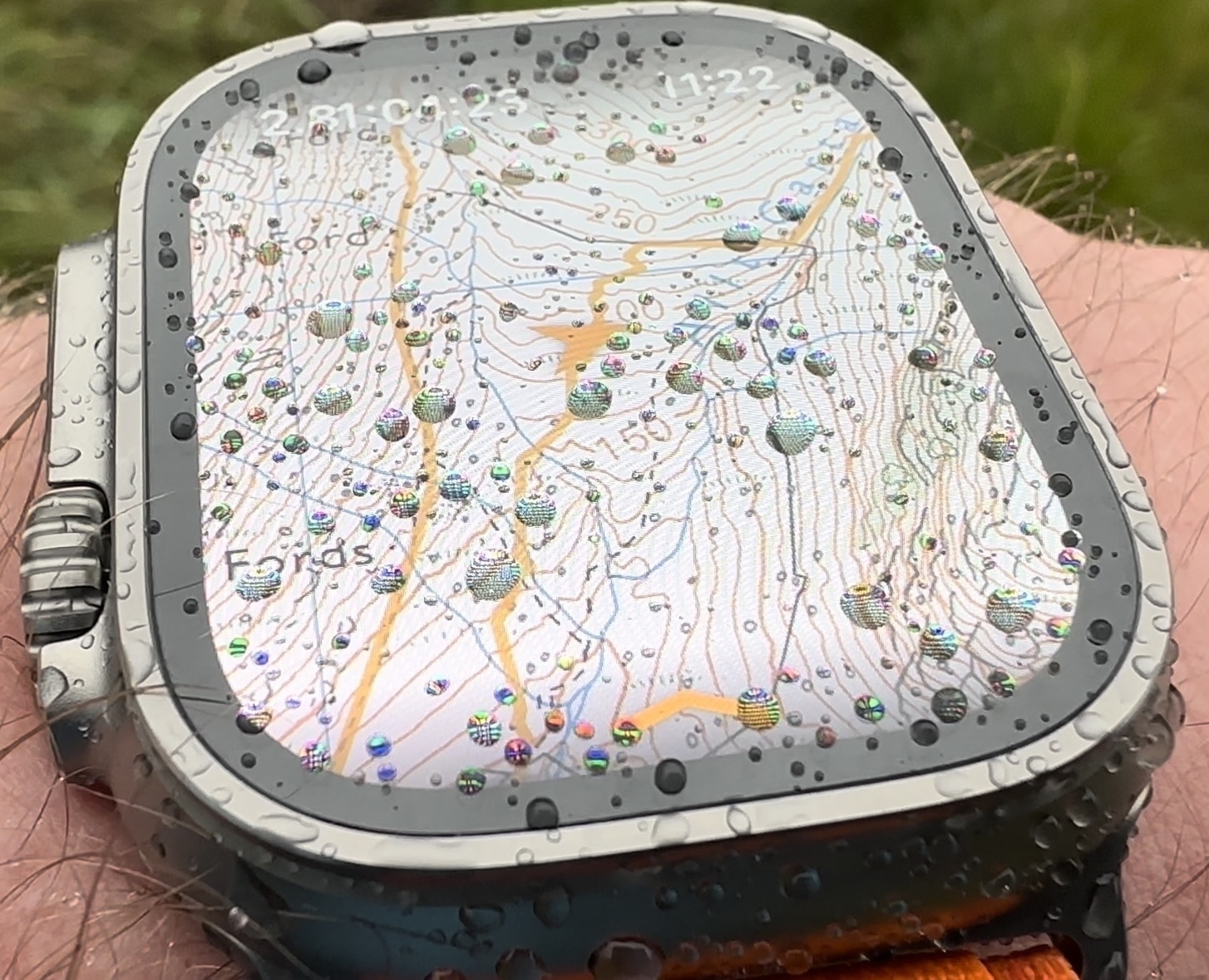Reality and the templated life
This article reviews a book entitled A Web of Our Own Making by Antón Barba-Kay which reminded me a lot of an issue of Audrey Watters' Second Breakfast newsletter about the templated body.
What does it mean for there to be multiple, constructed realities. When everyone has a smartwatch and is tracking everything, does that make their life both qualitatively and quantitatively different?

Some of these observations, though apt, aren’t exactly new — that the possibility of tracking our steps for so-called health reasons distorts our relationship with a simple country walk, that the fundamentally data-driven nature of smartphone culture “is such as to translate larger human questions about how to live into technical puzzles that may be ‘problem-solved,’” that Twitter timelines and Instagram feeds have become a saccharine way of capturing our limited and precious attention by distracting us from the less immediately rewarding elements of being human.Source: How the Internet obeys you | The New AtlantisBut the fusillade intensity with which Barba-Kay produces these inconvenient truths renders them impossible to ignore; from the details we start to perceive, little by little, the devil. As Barba-Kay writes, “digital technology is training us not simply to a new sense of what is real and really good, but to a new understanding of the contrasts within which we see that reality.” In other words, our awareness of what the virtual world cannot do has made us hungrier for those elements of reality from which we have not yet become alienated.
If reality is changing, it is because, for better and for worse, our lives are increasingly determined by one specific vision of human ingenuity: a vision that valorizes those elements of human life we freely choose (or think we do) over those we once saw as given to us — our bodies, our families, our communities. Digital culture functions today as the Enlightenment cosmopolis once did: as a fantasy in which society reshapes itself along the lines of affinity.
[…]
“Where once it was occasionally possible to opt out of ‘reality’ (by taking drugs, say),” Barba-Kay writes in the book’s perhaps most chilling line, “it is now increasingly necessary to think about how to opt in to it.” And we need to. It may be the most important decision we make in our lives.
Apple Watch Ultra vs The Scottish Highlands
Happy as I am with my Garmin Venu 2s, if I didn’t need to also buy an iPhone to use one, I probably already would have bought an Apple Watch Ultra. Despite my skinny wrists, my recent health scare means that the cellular capability and ECG combined with a more-than-24-hour battery life would seal the deal.
So I was interested in this review by someone who took the Ultra up into the Scottish Highlands. It turns out he loved it.
I don’t think you can properly test a device like this without taking it out into the field. So the day my Ultra arrived, I booked myself onto a sleeper train up to the Scottish Highlands for a three day hiking trip to really see how it performed. I ended up hiking just over 61 miles.Source: Testing an Apple Watch Ultra in the Scottish Highlands | David SmithThe standard Apple Watches are incredibly capable devices, that I’ve used to great utility on countless hiking trips, but using them in that context always felt a bit like I was pushing the boundary of what it was intended for or capable of. Whereas the Ultra is very much designed for the backcountry context. It is more rugged, more long lasting and much easier to read…all while still being 100% an Apple Watch and not compromising any of the features that make a standard Apple Watch so useful.
